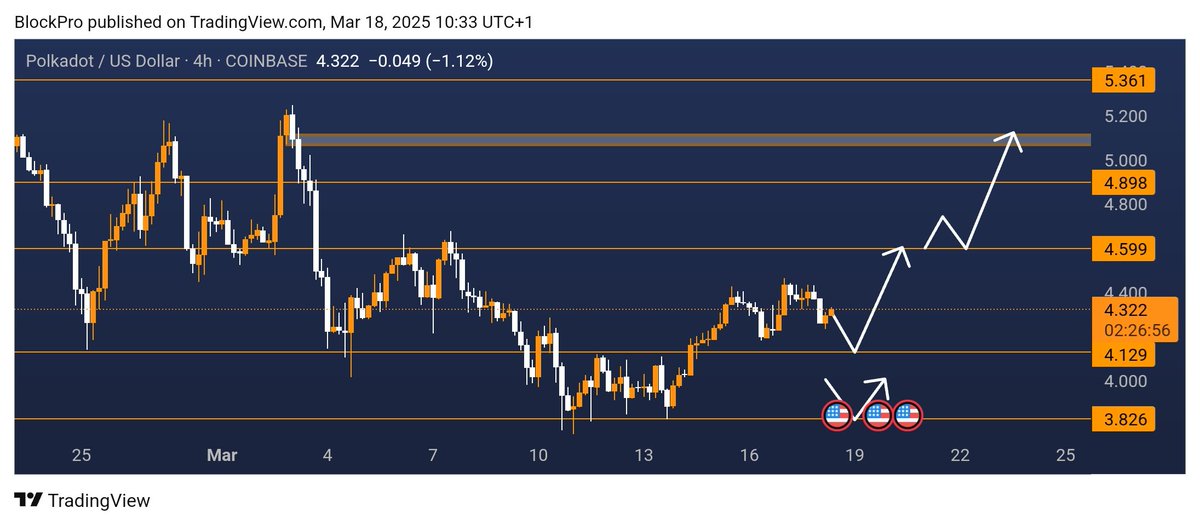
Nasdaq has submitted Form 19b-4 to the US Securities and Exchange Commission, in which it aims at listing 21Shares’ spot Polkadot ETF. This would enable investors to invest in Polkadot by getting direct exposure to the tokens without having to directly deal with the asset directly.
Nasdaq Files 19b-4 For 21Shares Polkadot ETF
According to a recent filing, Nasdaq has submitted Form 19b-4 for a spot Polkadot ETF on behalf of 21Shares. The new ETF is to represent the Polkadot’s digital coin, the token that is the 27th in terms of its market capitalization.
This comes after 21Shares submitted an S-1 amendment discussing the firm’s intentions on offering access to a regulated fund that invests in digital asset securities.
As the sponsor of the fund, 21Shares will seek to offer a safe investment opportunity that will help the investors to benefit from the growth of Polkadot without needed to own the DOT token. Besides the Polkadot ETF, it is also working on other ETFs associated with digital assets such as solana and XRP.
Effort to Launch a Spot Polkadot ETF
Grayscale Investments, another major player in the cryptocurrency ETF space, has also filed for approval to launch its own spot Polkadot ETF. This suggests that there is high interest in Polkadot and several firms are vying to provide exposure to this asset class.
At the same time, 21Shares is considering a staking option for its Core Ethereum ETF, which would allow investors to earn extra income by staking.
However despite the filings, the US Securities and Exchange Commission (SEC) has postponed its ruling on several exchange-traded funds (ETFs) in connection with XRP, Solana, Litecoin, and Dogecoin.
Market Response to the Polkadot ETF Filing
Following the Nasdaq filing, Polkadot’s native token, DOT, saw a slight price increase. As of now, DOT’s market capitalization stands at approximately $6.7 billion.
However, despite the positive news surrounding the ETF proposal, DOT price has experienced a modest downturn, with the price showing a slight decrease of 1.12% recently. This fluctuation highlights the volatility that still characterizes the cryptocurrency market.
Several support levels for DOT’s price are at $4.322, $4.129, and $3.826 which may act as potential rebound points if the price continues to test the lower ranges. Meanwhile, Polkadot price resistance levels at $4.599 and $4.898 represent obstacles to any short-term bullish movements.
The post Nasdaq Files 19b-4 For 21Shares Polkadot ETF With US SEC appeared first on CoinGape.










